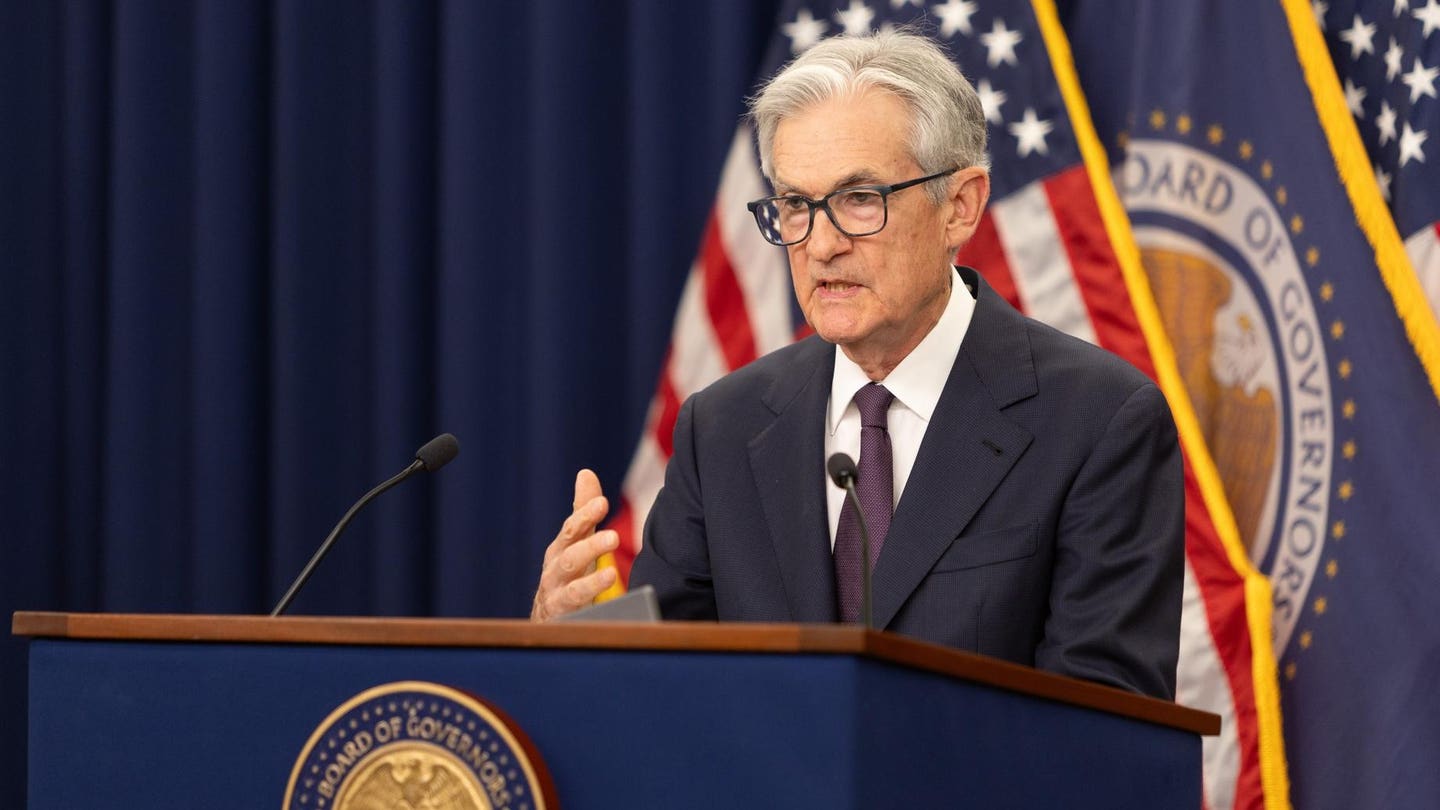Fernand Braudel’s assessment of hegemonic decline, marked by an increased shift towards financialization, resonates deeply in the current US political and economic climate. This phenomenon, termed as the ‘sign of autumn,’ depicts a transition where empires morph into societies dominated by rentier investors. This narrative is increasingly relevant under the second Trump administration, where financial strategies and political ideologies are being recalibrated.
At the heart of this recalibration is Treasury Secretary Scott Bessent’s contemplation on the historical trajectory of reserve currencies. His reflection on the fates of Portugal, Spain, Holland, France, and the UK highlights a common thread: excessive leverage undermining military support, leading to loss of reserve currency status. Despite official denials of a dollar depreciation strategy, market speculations have led to a declining US exchange rate since Trump’s office resumption.
Marco Rubio, the Secretary of State, has also voiced concern over Wall Street’s shareholder value-driven approach, which prioritizes immediate investor returns over long-term corporate growth. This sentiment echoes among Republican populists like Josh Hawley, indicating a growing ideological rift concerning financial priorities.
The Trump administration’s approach has sparked notable tension. The implementation of ‘Liberation Day’ tariffs has disrupted financial markets, prompting Wall Street to respond with financial upheavals aimed at holding the administration accountable. The sustainability of a coalition comprising MAGA populists and Trump’s electoral base, who anticipate better living standards through manufacturing revival and labor market tightening, remains uncertain.
For key capital factions, US decline is perceived as manageable, drawing parallels to Japan’s experience. As observed by Giovanni Arrighi, finance benefits from hegemonic transitions by intermediating capital flows. Today, asset management giants profit from reallocating US portfolios and tapping into burgeoning capital from China and Asia, while big tech seeks control over knowledge and economic coordination.
The Trump administration faces the challenge of aligning the interests of manufacturing-focused nativists with globally-oriented capital factions. This balancing act is pivotal for the longevity of the Trumpian coalition and the stability of the global financial system.
The 2016 election underscored a split within Wall Street, with alternative asset managers like private equity, venture capital, and hedge funds rallying behind Trump, contrasting with the traditional finance sector’s Democratic alignment. Tax privileges and deregulation are central to private finance’s agenda, with the carried-interest loophole being a significant driver of wealth.
Access to vast retirement assets is another goal for private finance. The Department of Labor under Trump provided a pathway for 401(k) investments in private equity, a move that private finance hopes to capitalize on under Trump II, potentially doubling demand for their funds. This strategy, however, risks transforming retirement savings into a Ponzi-like scheme, leaving smaller savers vulnerable.
While finance has divided, Silicon Valley has moved uniformly rightward. The Biden administration’s antitrust enforcement and support for unionization have prompted tech leaders to align with Trump. Executive orders favoring AI and crypto firms illustrate this shift, with crypto interests mirroring private equity’s tactics by targeting pension fund investments.
The Federal Reserve remains a key player in this intricate landscape. Under Trump II, the Fed faces inflationary pressures from tariffs and a weaker dollar. Jerome Powell’s dilemma lies in balancing interest rates and maintaining the US dollar’s global reserve status. The administration’s tariff and deregulation policies threaten financial equilibrium, complicating the Fed’s role.
The broader challenge lies in reconciling the varying interests within the Trump coalition. The administration’s policies must cater to both nationalist and global financial priorities, a task complicated by internal contradictions and external economic pressures. The future of economic stability and governance under Trump II hinges on navigating these complex dynamics.
Note: This article is inspired by content from https://www.phenomenalworld.org/analysis/americas-braudelian-autumn/. It has been rephrased for originality. Images are credited to the original source.







